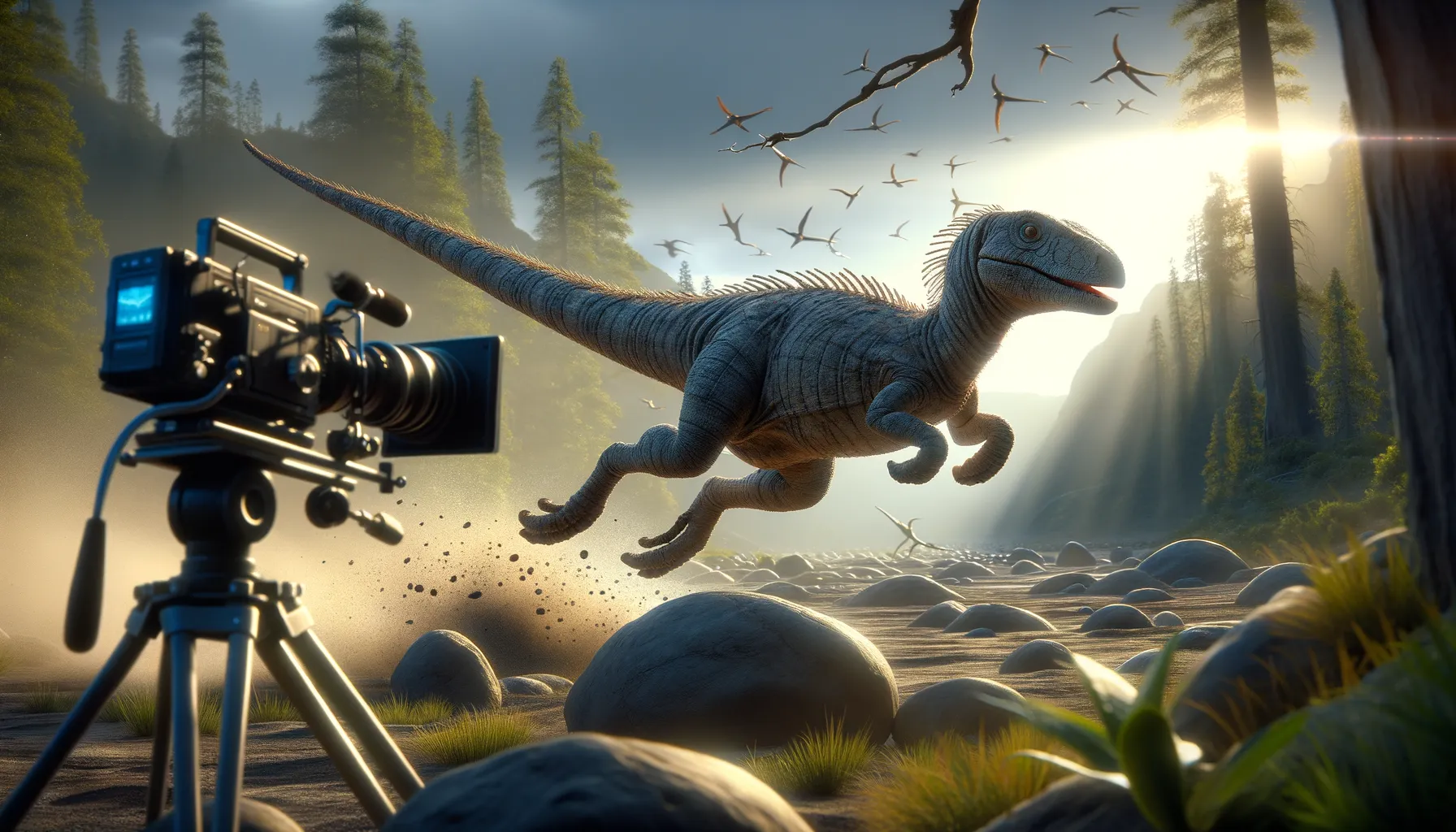
Pseudolagosuchus
A swift forerunner of the dinosaur age.
Period
Triassic
Length
About 1 meter long.
Height
Around 0.5 meters tall.
Weight
Approximately 1 to 3 kg.
Pseudolagosuchus was a small, agile reptile from the late Triassic period, considered an early precursor to true dinosaurs. With its lightweight build and swift movements, it was well-suited to evade predators and catch prey. This creature offers valuable insights into the evolutionary path leading to the rise of the dinosaurs, shedding light on early adaptations that defined these prehistoric species.
Diet
Pseudolagosuchus was likely an insectivore, feeding on small insects and perhaps other tiny creatures. Its diet was well-suited to supporting its active lifestyle and quick movements.
Hunting
This dinosaur ancestor likely relied on speed and agility to catch its prey, such as insects and other small animals. Its hunting strategy would have involved quick dashes or ambushes to capture these rapid, elusive meals.
Environmental challenges
During the late Triassic, Pseudolagosuchus faced a dynamic environment with changing climates and landscapes. Shifts from arid to humid conditions would have presented challenges in finding food and shelter. Adapting to these changes, with fluctuating food sources and competition, was crucial for survival.
Speed
Quick and agile, capable of swift movements.
Lifespan
Likely lived for about 10-15 years.
First discovery
Discovered in the 1960s in Argentina.
Fun Facts
- Pseudolagosuchus lived during the Triassic period, which was over 230 million years ago.
- Despite its reptilian name, Pseudolagosuchus was actually a small, early dinosaur ancestor with some bird-like features.
- This prehistoric creature is known from fossil remains found mainly in South America, particularly in Argentina.
- Pseudolagosuchus was a fast and agile animal, likely using its long legs to chase after small prey or evade predators.
- It was relatively small in comparison to other dinosaurs, with estimates suggesting it was only about as big as a chicken.
- The name 'Pseudolagosuchus' means 'false rabbit crocodile', highlighting its unusual mix of features.
- Pseudolagosuchus provides important clues about the early evolution and diversity of dinosaur precursors.
Growth and Development
Pseudolagosuchus underwent rapid growth in its early stages, ensuring it reached maturity quickly to face predators. Its development likely included adapting physical traits for speed and agility. These features were crucial for both survival and reproduction.
Habitat
Pseudolagosuchus inhabited diverse environments ranging from arid landscapes to more lush, forested areas. Its habitat would have varied greatly with the climate, requiring adaptability to both dry and wetter conditions. The ability to exploit varied habitats was key to its success.
Interaction with other species
As a small predator, Pseudolagosuchus would have interacted with various other species, both prey and competitors. Its agile nature possibly allowed it to evade larger predators. Coexistence would have required keen awareness and quick reflexes to survive.
Natural lifespan
Pseudolagosuchus likely lived to an age of 10-15 years.
Reproduction
Reproduction in Pseudolagosuchus likely involved laying eggs, similar to other early dinosaur ancestors. Courtship and breeding would have taken place in favorable conditions to ensure the survival of offspring. Once hatched, young individuals would have matured quickly, a necessity in a harsh environment.
Social behaviour
This species might have displayed solitary behavior except during breeding seasons. Interaction with others of its kind was likely limited to essential activities such as mating and territory disputes. Being solitary could have helped in avoiding detection by predators.
Fossil locations
Fossils of Pseudolagosuchus have mainly been found in the Ischigualasto Formation in northwestern Argentina. The site provides crucial fossils that aid in understanding early dinosaur evolution. This location remains significant for studying the diversity of Triassic life.
